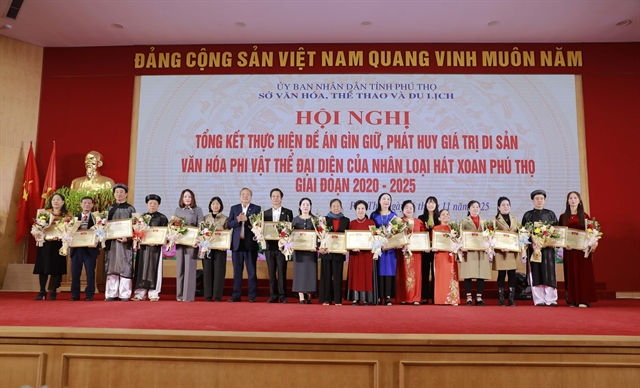 Society
Society
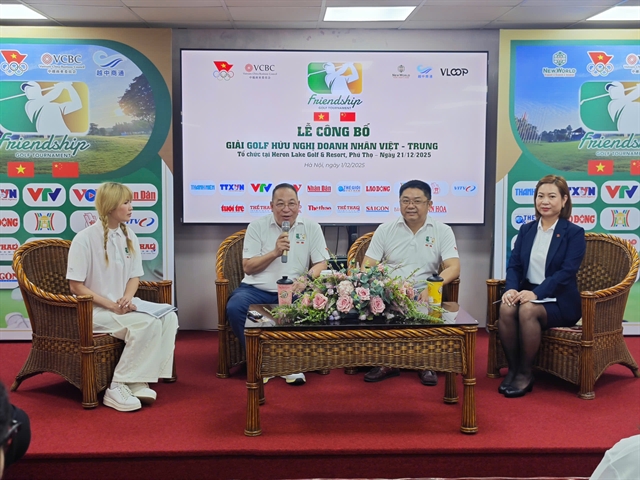
The Cửu Long (Mekong) Delta province of An Giang plans to develop fisheries into a key economic sector under its seafood development strategy in 2021- 30.
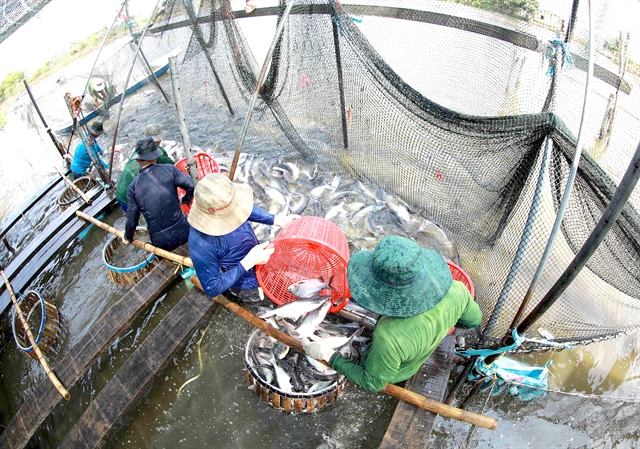
|
| Farmers harvest tra fish in An Giang province’s Châu Thành District. — VNA/VNS Photo Vũ Sinh |
AN GIANG — The Cửu Long (Mekong) Delta province of An Giang plans to develop fisheries into a key economic sector under its seafood development strategy in 2021-30 period.
Under the strategy, the province aims to achieve 5 per cent growth in fisheries output every year from now until 2030.
It aims to expand the aquaculture area to 3,500ha by 2030, including 1,500ha of farms each where tra fish and giant river prawns are raised for export, and floating aquaculture cages by a million cubic metres.
It hopes to produce more than 621,000 tonnes of seafood a year by 2030, including 483,000 tonnes of tra fish, 1,500 tonnes of giant river prawn and 34,000 tonnes of black tilapia and red tilapia.
It will establish at least two conservation areas for inland water fisheries resources by 2030, and hopes they will be recognised by the Ministry of Agriculture and Rural Development and added to the country’s list of inland–water fisheries conservation areas in combination with tourism services.
By 2030 all key aquaculture areas will have traceability codes and 80 per cent of them will get standard certificates such as good agricultural practices, Global Aquaculture Stewardship Council and Best Aquaculture Practices.
The province will establish at least three to five establishments for producing seeds of key fisheries species like tra and male giant river prawns to supply to breeders around the country by 2030.
In 2021-30 it will focus on developing infrastructure for aquaculture, especially irrigation for more than 50 per cent of concentrated aquaculture areas.
The province targets seafood exports of US$500 million in 2030, double the 2020 figure.
It will develop brand names and acquire geographical indications for key fisheries products to meet the requirements of international trade integration.
By 2045 it wants fisheries at the centre of agriculture.
It will focus on protecting fisheries resources and applying advanced technologies in aquaculture and seafood transport and processing to increase the value of seafood production.
To achieve the targets under the strategy, it will survey and evaluate fisheries resources and their grounds to exploit and protect them.
It will conserve rare and fish species and those with high economic or scientific value, especially those indigenous to its rivers and ponds.
Trần Anh Thư, deputy chairman of its People’s Committee, said the province would focus on developing establishments that produce high-quality seeds of key and high-value fisheries species.
“The province will develop aquaculture by using advanced breeding techniques to increase yields, protect the environment and adapt to climate change.”
The development of aquaculture in lakes and unproductive cropping areas and those affected by saltwater in rivers would be encouraged with species suitable for those conditions to improve farmers’ incomes, he said.
The province plans to develop aquaculture value chains and ensure there are guaranteed outlets for farmers, solicit investment in upgrading seafood processing plants, and develop export markets for key fisheries species. — VNS

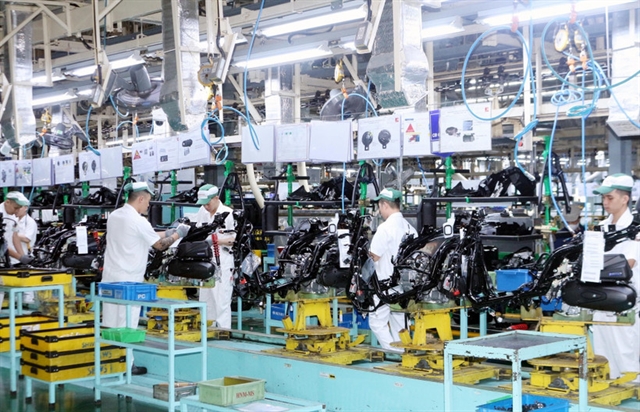
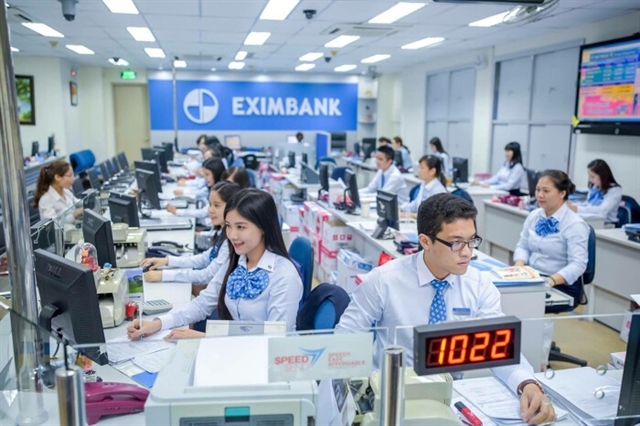
 Ảnh JP Morgan.png)
